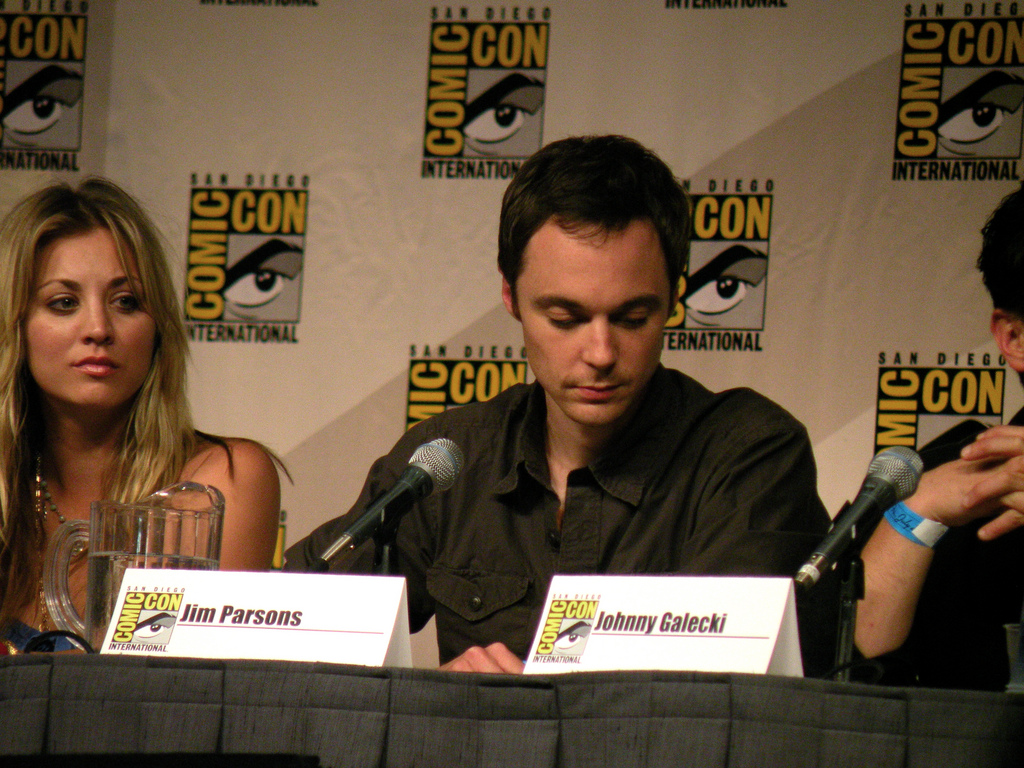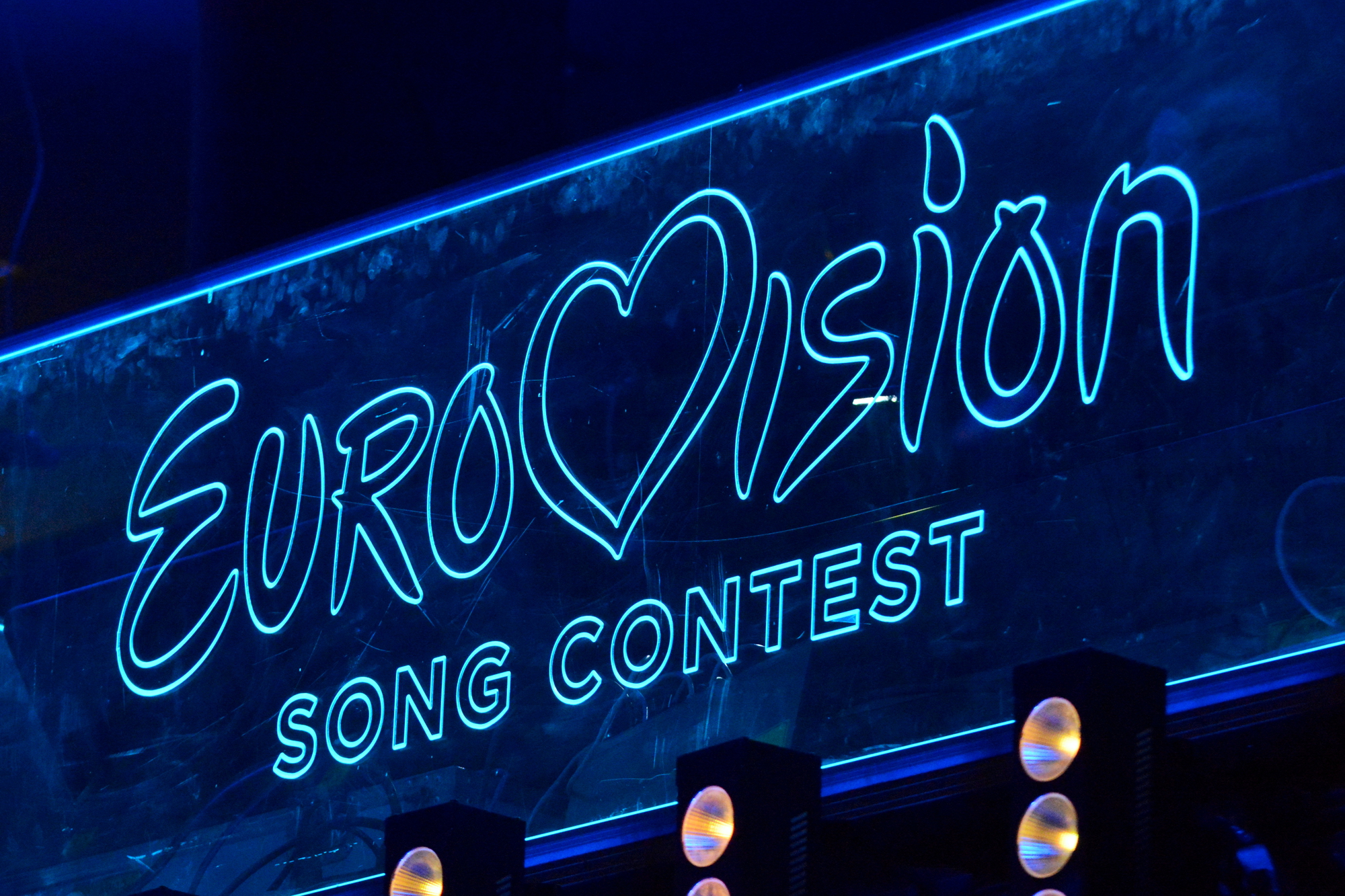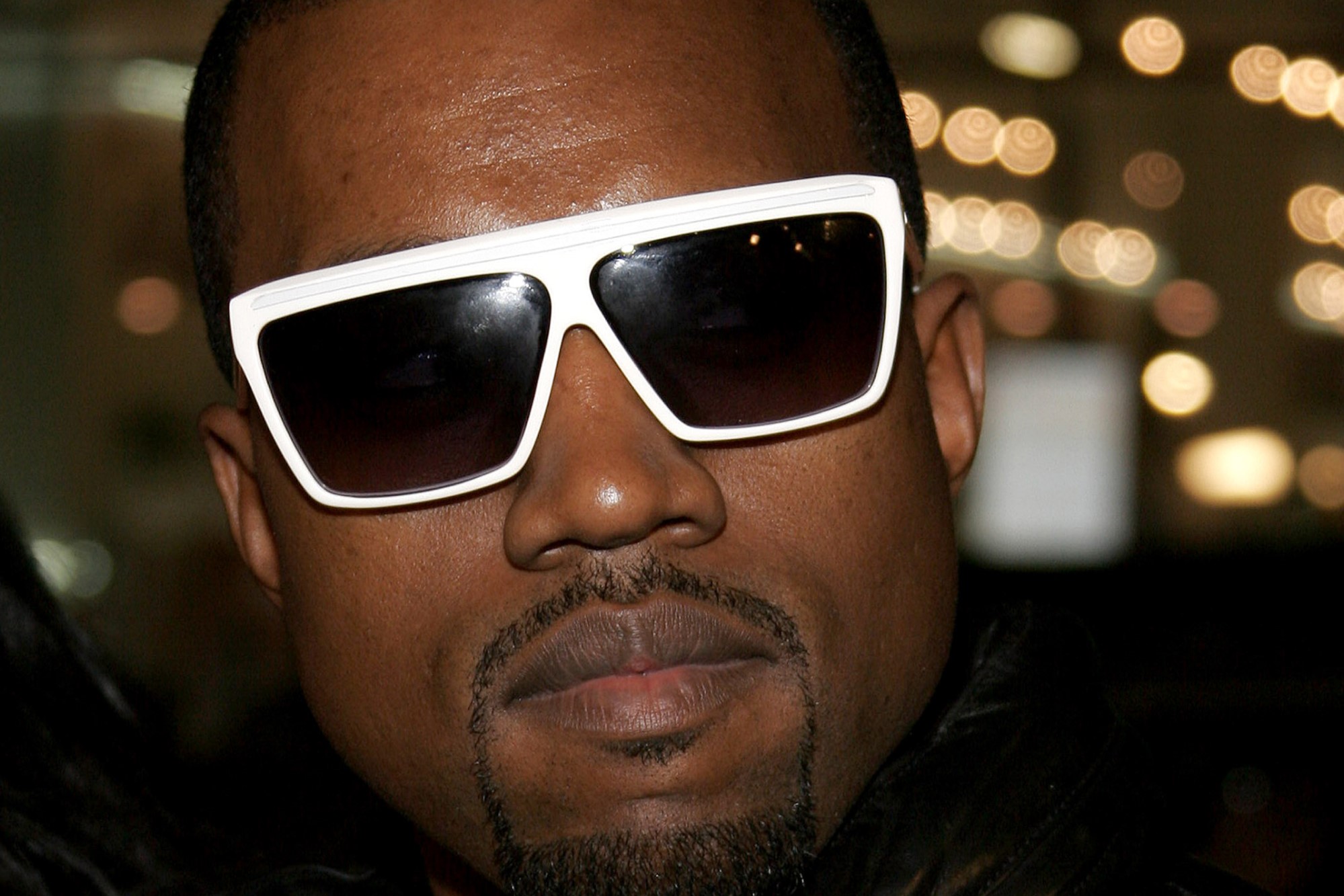Representing Autism On Screen
In recent seasons, television networks and original streaming programing have introduced series that feature people with autism in main roles. ABC’s The Good Doctor follows the career of Dr. Shaun Murphy, a young surgeon with autism who is excellent at his job, but struggles in his interactions with people. The Netflix original Atypical tells the story of an autistic young adult and his family. CBS’s Young Sheldon is a spinoff that focuses on the childhood of The Big Bang Theory favorite, Sheldon Cooper.
Though the creators of The Big Bang Theory claim that Sheldon is not autistic, their reason for doing so is troubling. They expressed concern that if they labeled the character as autistic, they would then be under obligation to portray the condition accurately—too heavy a burden for a light sitcom. The result is comedy that derives much of its humor from jokes about Sheldon’s unusual behavior—behavior that many viewers believe is strongly suggestive of autism. This new focus on characters on the autism spectrum raises moral questions about the morally responsible ways to tell these stories.
It is important to represent a wide range of people and situations in popular storytelling for a number of reasons. First, it is healthy for people to see characters that resemble them, either physically or psychologically, in film and television. When viewers see characters who are similar to them, they might be more likely to feel less socially isolated. When our television programs are populated by only young, healthy, thin, able-bodied characters, people who don’t fall into those categories as traditionally conceived may feel marginalized and invisible. Second, exposure to a wide range of different characters in books, television, and movies has the potential to educate the viewer and to broaden the range of people with whom they are capable of empathizing. People are afraid of, and often intuitively dislike, what is foreign to them. Increased diversity in entertainment has the potential to broaden horizons and improve moral character. Finally, when there is diversity in the range of characters portrayed in the entertainment we consume, the stories just tend to be better. The circumstances in which the characters find themselves tend to be more complex. The art tends to be better as art. These considerations tend to apply to diversity of all types, and, of course, also apply to the portrayal of people with autism in popular culture.
Though there may be reasons, then, for believing that introducing new media starring autistic characters is a step in the right direction, there are also concerns to keep in mind. One primary concern is that, in many cases, autism is portrayed in a two-dimensional way. Many of these characters are presented as brilliant but quirky. Though, of course, all people have strengths and weaknesses, not all autistic people can be painted with the same brush. Some people with autism also show some signs of brilliance, but some don’t—and that’s okay. When stereotypes are presented in major public forums, they have an affect on the expectations of the public. It’s not hard to imagine that it would be difficult for a child living with some of the challenges that autism poses to also be saddled with the burden of the expectation of budding brilliance. It is also problematic that many portrayals of life with autism depict the condition as one that leads a person to behave in quirky but ultimately endearing ways. Though this depiction may certainly be true sometimes (as it is of us all), it has the potential to create challenging stereotypes that fail to take into account some of the more challenging aspects of growing up autistic or raising an autistic child.
On the other hand, portrayal of some of the more challenging and more personal aspects of autism comes with its own set of problems. Open, honest portrayals may be educational for the audience. Such portrayals also run the risk of further stigmatizing people with autism.
The problem of honest, authentic representation of minority groups in popular culture is not a new one. Many television shows are criticized for portraying only the lives of white, affluent characters. One major tension in the debate, however, is that writers feel a legitimate need to write authentically, and, for many, this will involve writing from their own set of experiences or on material that can be easily imagined from their subjective position. Autism might be particularly unfamiliar to many, and difficult to write as a result.
It may well be true that writing is more likely to be authentic if it comes from the perspective of people with topical lived experiences. All the more reason, then, to have a wider diversity of writers, actors, producers, directors, and collaborators at all stages of the process.
If we all agree that diversity and increased representation of minority groups is important in the media that we consume, we also carry a moral burden as viewers. We need to commit to consuming a diverse range of popular culture featuring characters of all sorts of different backgrounds. Viewership determines the kind of entertainment that gets made, and our behavior needs to express our values. We also need to be vocal in our demands for authenticity in representation, especially in the case of groups that might face stigmatization if stories aren’t told right.





